Pope Damasus I (approx. 305–384) – the one who changed the face of the Roman Church forever
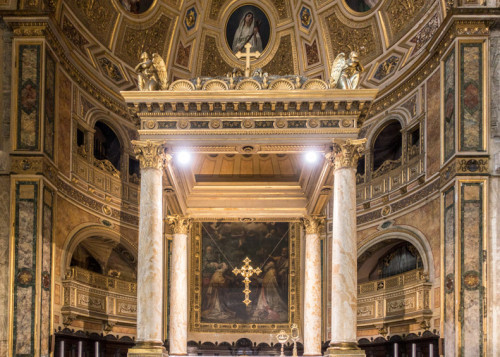
St. Damasus in the apse of the Church of San Lorenzo in Damaso, frescoes by Federico Zuccari

St. Damasus and the Coronation of Mary (fragment), apse of the Church of San Lorenzo in Damaso, Federico Zuccari, pic. Wikipedia
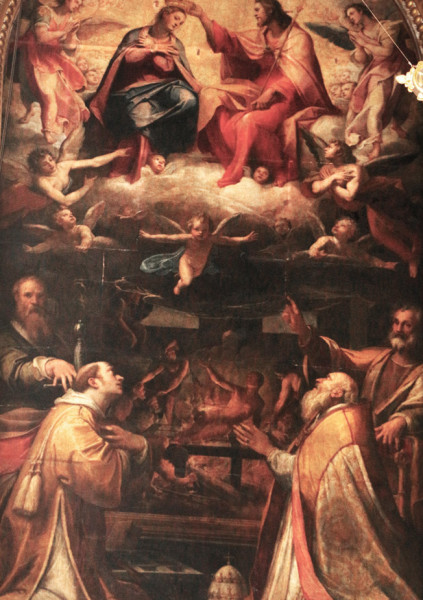
Coronation of Mary with Saint Damasus and Saint Lawrence, apse of the Church of San Lorenzo in Damaso, Federico Zuccari, pic. Wikipedia
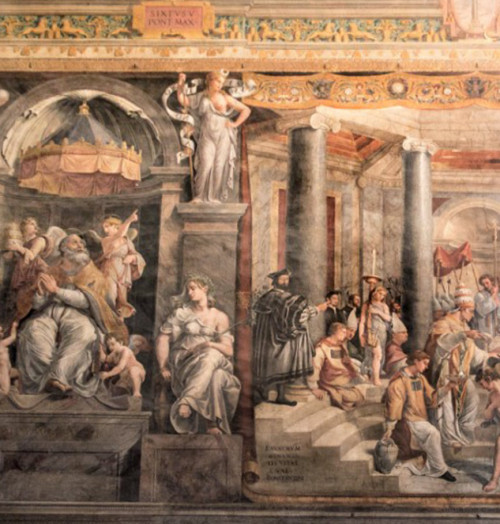
Pope Damasus I, the Constantine Hall, Apostolic Palace
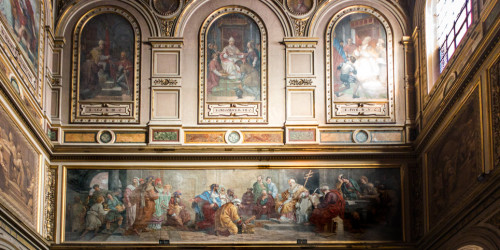
The Pope Damasus I receives tribute from the bishops of the Eastern Church, Church of San Lorenzo in Damaso, Luigi Fontana
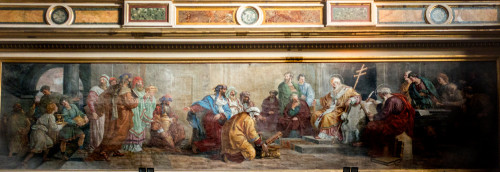
The Pope Damasus I accepts the tribute of the bishops of the Eastern Church, (fragment), Church of San Lorenzo in Damaso, Luigi Fontana
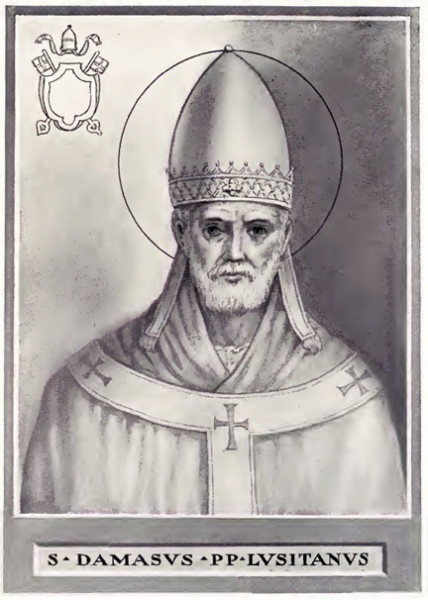
Alleged portrait of Pope Damasus I, pic. Wikipedia
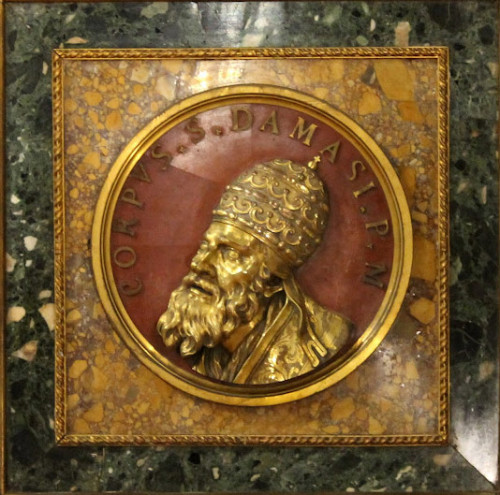
Plaque with the image of Pope Damasus I, main altar, Church of San Lorenzo in Damaso, pic. Wikipedia
We find ourselves in the Eternal City in the middle of the IV century. Christianity has not yet achieved the status of a national religion, but its importance is increasing, while the office of the bishop of Rome, thanks to the emperor's grants and privileges has become highly prestigious. This is not so much a shepherd but above all an administrator and a strategist. There were literal battles over the bishop's throne, no one had heard about the actions of the Holy Spirit (in that matter). During the conclave, churches turned into fortresses bringing together the supporters of one candidate or another. It was in such conditions that Damasus ascended to St. Peter’s throne.
We find ourselves in the Eternal City in the middle of the IV century. Christianity has not yet achieved the status of a national religion, but its importance is increasing, while the office of the bishop of Rome, thanks to the emperor's grants and privileges has become highly prestigious. This is not so much a shepherd but above all an administrator and a strategist. There were literal battles over the bishop's throne, no one had heard about the actions of the Holy Spirit (in that matter). During the conclave, churches turned into fortresses bringing together the supporters of one candidate or another. It was in such conditions that Damasus ascended to St. Peter’s throne.

